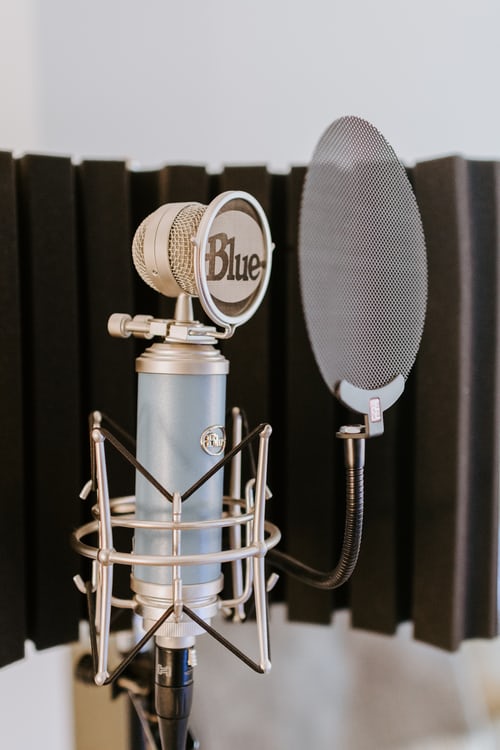Turnaround Time or TAT is key in the transcription industry. Some would even term it as the golden rule which draws the line of control in the transcription industry. Turnaround with high quality equates to a happy customer. Being right on time speaks the language of discipline. TAT coupled with quality is key to the long-term success and a key factor in transcription that gauges the reliability, commitment, and the quality of transcription business.
There are instances however, when it cannot be determined the exact turnaround time to be set on different audio files. Below are four key factors that affect the turnaround time for audio, video and movie transcripts.
Audio Content

A recording on a normal day to day conversation is relatively easier to transcribe. The same however, may not be true for topics such as healthcare, business, IT, law. Some of these audio files covering these technical areas have extensive research coverage that it takes time to get the transcripts done hence a longer TAT will be on these kinds of audios because of the possible lack of familiarity by the transcriber.
Accent

We have to accept that everyone has a distinctive way of pronouncing a language, especially one associated with a particular country, area, or social class hence a distinct emphasis given to a syllable or word in speech by stress or pitch. Strong accents require a greater understanding from the transcriber if the transcriber is not familiar with the accent. The transcriber would have to listen and re-listen to the audio to make sure that everything is transcribed accurately and this may take time to ensure quality.
Audio Quality

The accuracy, fidelity, or intelligibility of audio output from a recording will all determine the turnaround time. A clear and uninterrupted audio recording will have a faster TAT than an audio file that has excessive background noise. Unclear, excessive background noise audio files are a task for any transcriber. It becomes a complete nightmare to isolate all the interruptions just to be able to transcribe the words of the speakers in the audio file. Not only do these kinds of files have a longer turnaround time, but they also end up being expensive to have transcribe.
Number of Speakers

An audio with just one or two speakers in it is relatively easy to transcribe, especially if it is easy to differentiate the speakers. On the other hand, if there are multiple speakers, it will take time for the transcriber to be able to identify the different speakers and familiarize with them as they speak throughout the audio. Also, some speakers may speak too quickly, too loudly, too low, or in a different accent. This makes the transcriber go more slowly in order to carefully listen and re-listen to whatever the speakers have said.
That’s it for this blog, I do hope it was helpful. Please reach out to us for any comments or any of your oral history transcription needs and remember to always be kind try to stay positive and learn to unwind